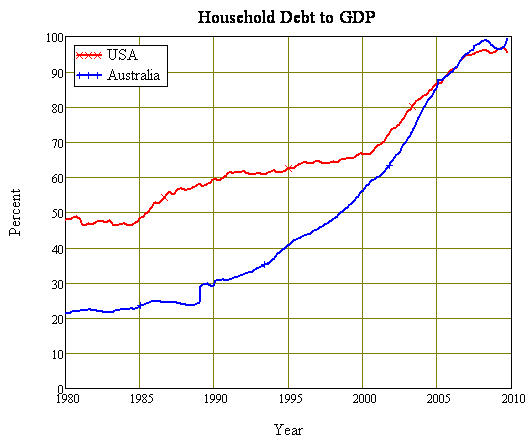
The United Nations Environment Program did a very unusual and far-sighted thing last year: it asked the CSIRO to produce a version of its biophysical model of the Australian economy for developing countries, and to pair that with an economic model which had to be non-equilibrium in nature.
The Stocks and Flows Resource Modelling team at CSIRO Sustainable Ecosystems, which maintains this biophysical model, approached me in July to see whether I would be willing to attempt the development of that nonequilibrium multisectoral economic model.


